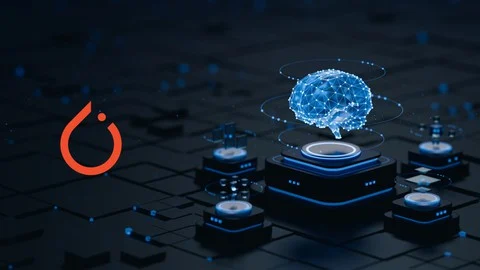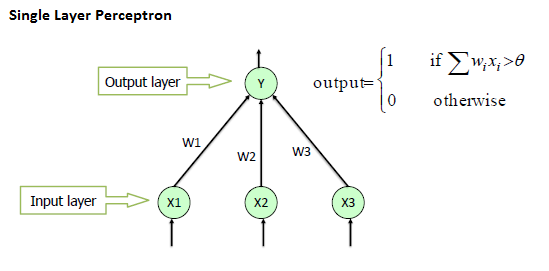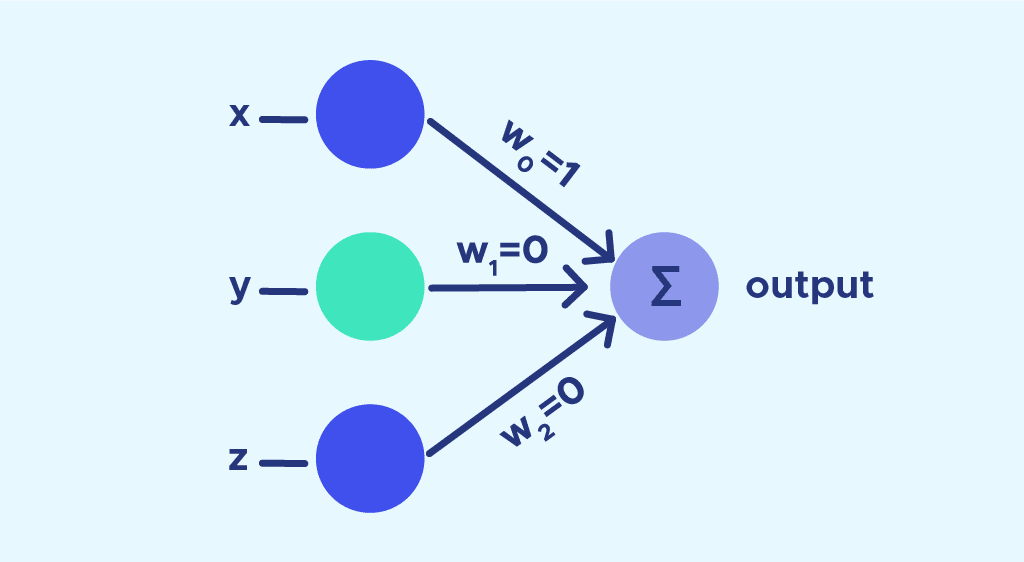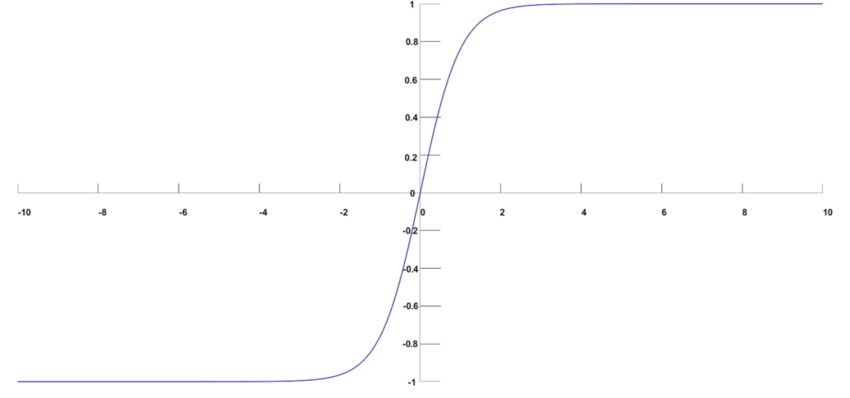
Can a machine write a poem that stirs your soul?
Can it capture heartbreak in a brushstroke, or the thrill of a childhood memory in a melody?
As artificial intelligence rapidly evolves, it's not just performing calculations and sorting data anymore — it's stepping into the world of art, music, storytelling, and design. What was once the sole domain of the human imagination is now being shared with machines. This leads to one of the most intriguing and debated questions of our time: AI vs human creativity — who really has the edge?
Let’s explore the heart of this fascinating conversation.
What Makes Human Creativity Unique?
To understand the difference, we first need to define what creativity really is. At its core, creativity is more than producing something new — it’s about expressing emotion, exploring ideas, challenging norms, and telling stories only we can tell.
Human creativity is messy, emotional, intuitive. It draws on:
Lived experience: That heartbreak, that road trip, that late-night conversation — they all become part of what we create.
Emotion and empathy: We write songs when we’re in love, paint when we’re broken, dance when we’re free.
Imagination: The ability to dream up entire worlds that never existed before.
Cultural context: We understand what resonates with others because we live in the same society.
Think of Freddie Mercury writing Bohemian Rhapsody, or Hayao Miyazaki’s emotional depth in films like Spirited Away. These works aren’t just technically good — they’re emotionally unforgettable.
How AI Generates Creative Content
So where does AI fit into all this?
AI tools like ChatGPT, Midjourney, DALL·E, Sora, and AIVA create content by analyzing massive amounts of data and recognizing patterns. They don’t “think” or “feel” — they mimic.
For example:
DALL·E can generate stunning art based on a simple text prompt.
AIVA composes original music used in games and films.
ChatGPT writes essays, scripts, and even poetry.
Sora by OpenAI can generate realistic video clips from written prompts.
It’s fascinating — and even a little eerie — how accurate and creative some results can appear. But here’s the catch: AI doesn’t understand the content it creates. It doesn’t feel the pain in a breakup song or laugh at the joke it just wrote. It simply learned how humans typically express those things, and replicates the form.
Strengths and Limitations of AI Creativity
🟢 Strengths of AI:
Speed & Scale: AI can generate dozens of designs or story ideas in seconds.
Inspiration Generator: Great for breaking creative blocks or generating variations.
Accessible Tools: People with no formal training can use AI to express ideas creatively.
Consistency: AI can follow guidelines and produce large volumes of creative content reliably.
🔴 Limitations of AI:
No Emotion or Lived Experience: AI can describe grief, but it doesn’t know grief.
Lack of Original Thought: AI recombines existing ideas — it doesn’t invent from scratch.
Surface-Level Understanding: It can mimic the structure of a joke or a story, but may miss the deeper meaning.
Ethical Concerns: Who owns AI-generated work? Is it fair to use it commercially?
In short, AI is a brilliant mimic, but not a master of meaning.
The Human-AI Creative Partnership
Here’s the exciting part: it’s not a competition — it’s a collaboration.
Many artists, designers, and writers are already using AI as a creative assistant. Think of it like a co-writer who never gets tired, or a sketch artist who instantly renders your ideas.
Writers use tools like ChatGPT to brainstorm plot twists or fix dialogue.
Designers feed prompts into Midjourney for concept art inspiration.
Musicians use AI to experiment with melody and soundscapes.
The best results often come when AI and human creativity work together — with humans providing the heart and direction, and AI offering speed and support.
What the Future Holds
As AI gets more advanced, the future of AI in creative industries raises big questions:
🚀 Opportunities:
More people can create without needing years of training.
Rapid prototyping of ideas becomes easy.
Smaller teams can do what once required huge budgets.
⚠️ Challenges:
Job displacement in fields like design, writing, or advertising.
Copyright battles over AI-generated content trained on human-made work.
Loss of authenticity, especially when brands or creators rely too heavily on AI.
Ultimately, the future will be shaped not by machines, but by the choices we make about how we use them.
Conclusion: The Soul Behind the Screen
Artificial intelligence can do many amazing things — it can paint, write, and compose. But it cannot feel, dream, or live. That’s what gives human imagination its magic.
So, can AI be creative? In a technical sense — yes. But can it replace the deep, emotional, unpredictable beauty of human creativity? Not yet. Maybe not ever.
Instead of viewing AI as a rival, maybe we should see it as a new brush in the artist’s toolkit — powerful, exciting, and full of possibility.
Let’s not fear the future — let’s help shape it.
FAQs: AI vs Human Creativity
Can AI truly be creative?
AI can produce creative outputs by recognizing patterns in data, but it doesn’t possess emotions, experiences, or conscious thought — the heart of true creativity.
How is AI used in art and writing?
AI tools like Midjourney and DALL·E generate visuals, while ChatGPT and similar models help write stories, poems, or ad copy. They're used as co-creators or brainstorming partners by many professionals.
Will AI replace creative professionals?
AI may automate some creative tasks, but it’s more likely to augment human creators than replace them entirely. The human touch remains essential for originality, empathy, and cultural relevance.
What are the risks of relying on AI for creativity?
Over-reliance could lead to a lack of authenticity, potential copyright infringement, and reduced creative skills. It also raises concerns about the fairness of using AI trained on human-made content.
How can humans and AI collaborate creatively?
By using AI for idea generation, prototyping, and execution while keeping humans in charge of vision, emotion, and storytelling — it's a partnership that can spark new levels of creativity.









Write a comment ...